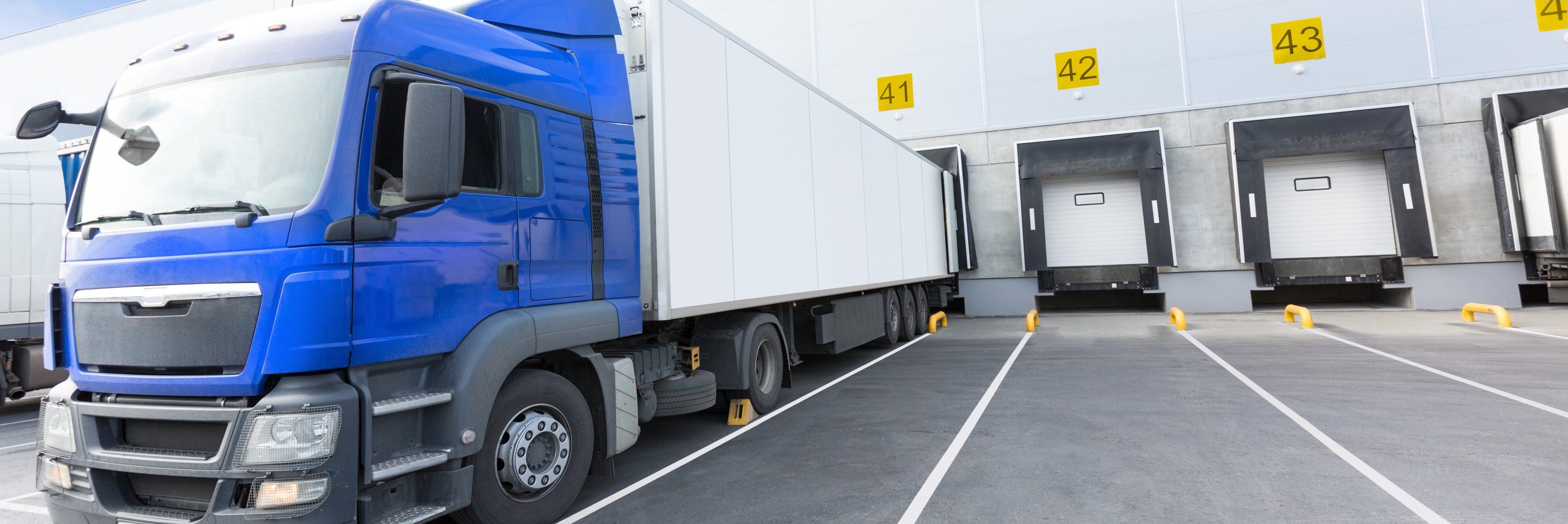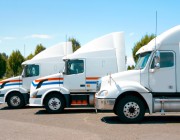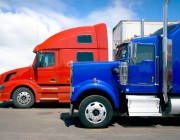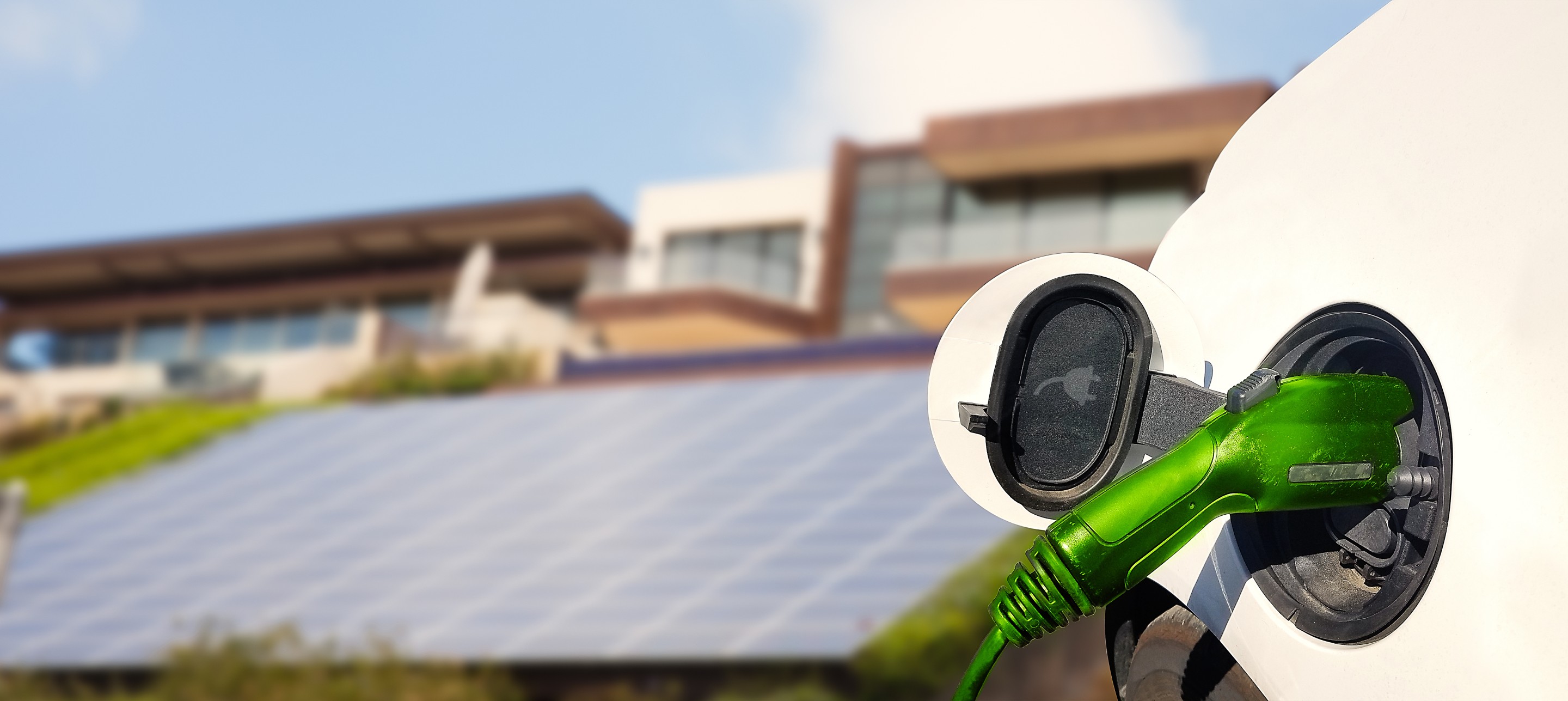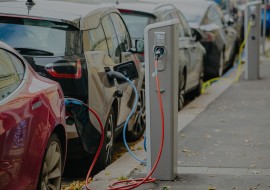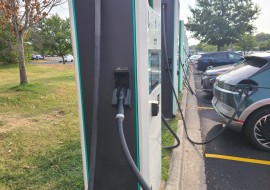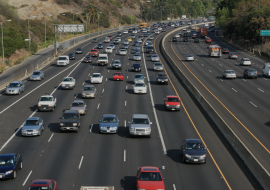Transportation is now the largest emitter of greenhouse gases (GHGs) in the United States. Light-duty vehicles (cars and light trucks) are responsible for more than half of all transportation GHG emissions, while heavy-duty vehicles represent another 24%. Improving vehicle fuel efficiency will be crucial to equitably addressing transportation-related climate impacts.
Light-Duty CAFE and Greenhouse Gas Emissions Standards
The fuel economy of light-duty vehicles has moved gradually upward since the adoption of federal Corporate Average Fuel Economy (CAFE) standards, first adopted in 1975. CAFE standards are now complemented by GHG emissions standards for vehicles, pioneered by the state of California. Obama-era standards ensuring continued progress through model year 2025 were put in place to help consumers save billions of dollars at the gas pump, add automotive sector jobs, and reduce harmful emissions. The Trump administration rolled back these standards in 2020 and attempted to revoke California’s waiver to set its own vehicle GHG emissions standards, which can be adopted by other states. President Biden has the opportunity to set more ambitious standards going forward to support continued efficiency progress in conventional vehicles and ambitious national vehicle electrification goals
ACEEE is working to maintain progress toward highly fuel-efficient, low-emitting vehicles. Some of our resources are highlighted below.
Highlighted Resources:
Heavy-Duty Vehicle Fuel Efficiency
Heavy-duty vehicles account for just 5% of the on-road vehicles but 24% of all on-on road vehicle emissions, more than 6% of total U.S. GHG emissions. Of these, tractor-trailers are the most significant, accounting for two-thirds of all heavy-duty vehicle emissions. Carbon and localized pollution burdens from heavy-duty vehicles are often disproportionately shouldered by low-income communities and households of color, due to their proximity to main trucking corridors and freight facilities.
Heavy-duty vehicles are subject to GHG emission standards, which cover most on-road freight vehicles. The Phase 1 standards were adopted in 2011 and Phase 2 in 2016, covering model years 2018 through 2027. These standards are estimated to save 800,000 barrels of oil per day by 2040. Many states are considering adopting California’s Advanced Clean Truck rule and Nitrogen Oxide omnibus rule, which would require the rapid electrification of truck and regulate the emissions from traditional diesel trucks.
ACEEE advances heavy-duty vehicle efficiency by investigating technologies that can improve vehicle efficiency, such as electrification and other alternative fuels, aerodynamic improvements, drivetrain improvements, and vehicle automation and intervehicle communication. ACEEE supports the advancement of strong heavy-duty vehicle standards and encourages policies that will award deploy advanced technologies such as electrification and automation to achieve net energy and GHG reduction benefits.
Highlighted Resources:
Consumers and Vehicles
ACEEE also supports consumer education on fuel-efficient, low-emissions vehicles and targeted incentives for the purchase of highly efficient vehicles. For over 20 years, ACEEE has provided annual environmental ratings of all new cars and light trucks entering the market, available at greenercars.org. Our Behavior & Human Dimensions work includes research on the consumer vehicle market.
Highlighted Resources:
